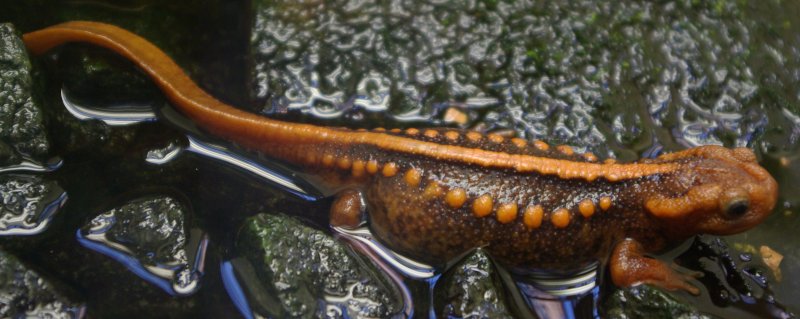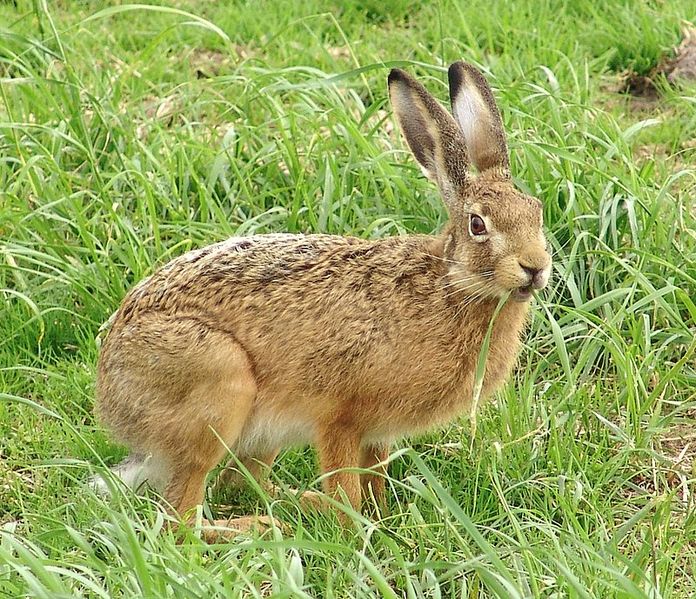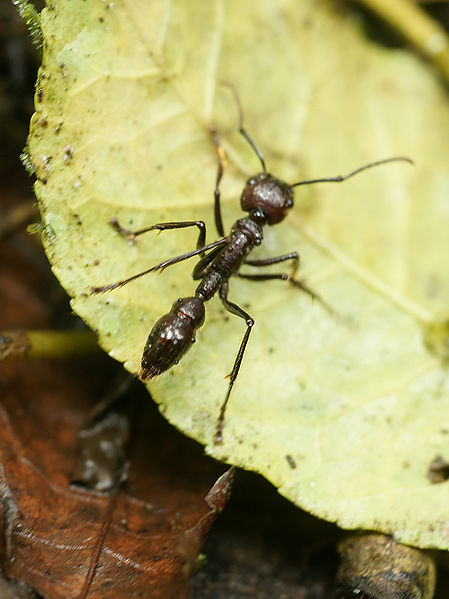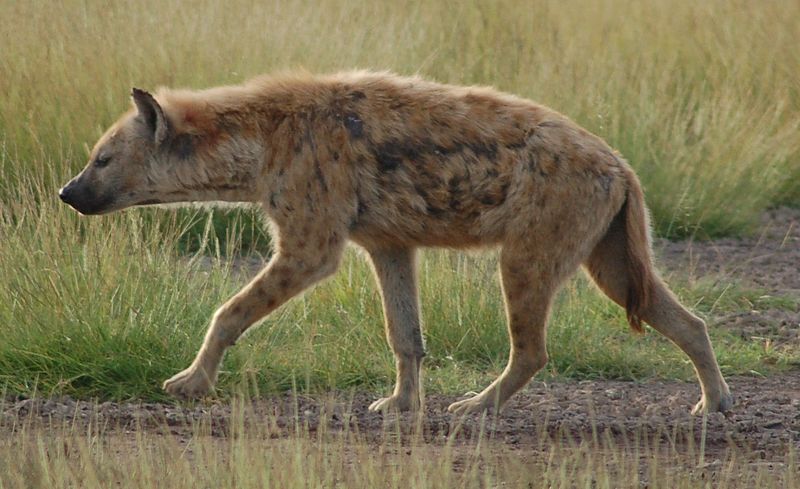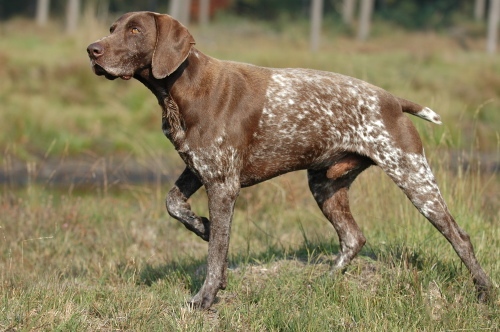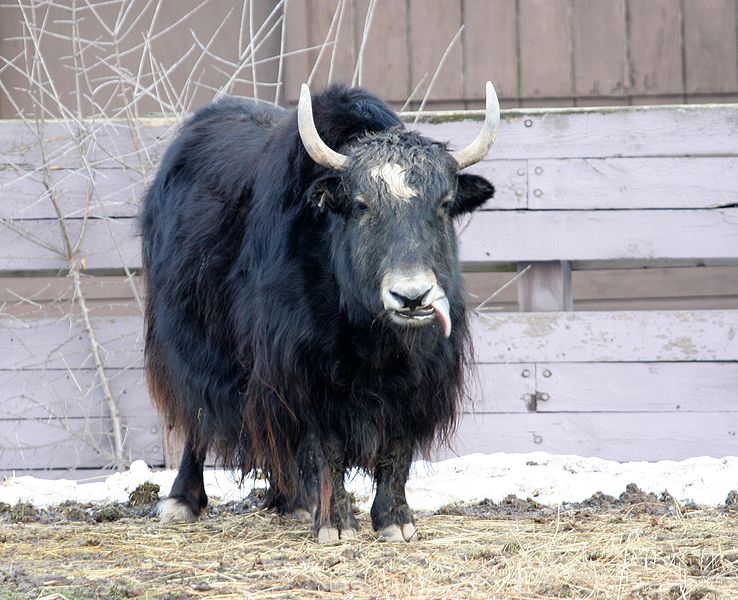
I trust everyone enjoyed their long Easter Weekend and is ready for another week of Wild Facts. I hope that our Giant Flemish Easter Bunny was good to all of you this weekend. Today we are going to chat about a slightly different animal. In fact, we can Yak all day about this unique bovine that lives from the Himalayan region of south Central Asia all the way north through Mongolia and into Russia. Of course, the animal we are looking at is actually called a Yak. For some reason, every time I say this animal’s name, I think of “Yakety-Yak, Don’t Talk Back”, which of course is a classic song by The Coasters.
You know what, this would be a good time to have a little music for today’s Wild Fact. Click the Play button below to for some Yak tunes while you continue reading today’s post.
Now that we have today’s theme song, we can continue on with the Facts. Although this animal has a fairly wide distribution range, there may only be a few thousand of these animals left in the wild. The few Yaks that are left though tend to come together in groups of 10 to 100. These herds are comprised mainly of females as there are only a few male Yaks allowed (probably because they talk back to much).
These herds of Yaks will generally travel long distances in search for lichens, mosses, grasses and other tasty foods. Finding food may not always be easy since these animals are better suited for colder climates and as such a lot of their food will be covered in snow and ice. Don’t worry though, the Yak has large hooves which allow them to easily walk in the snow but also helps them dig out their food. Mmmm… nothing like frozen lichens to start the day.
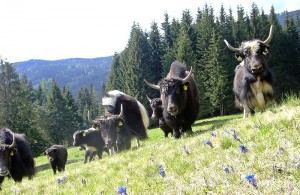
Although the wild Yak numbers are low, they do have family scattered around our planet. They are related to the Water Buffalo, African Buffalo and of course the American Bison. If you look at their appearance, the Yak most closely resembles their American Bison cousins with their long fur, which is used to handle the colder climates. You might be thinking that there are still plenty of Yaks out there since we always see them on TV or in magazines pulling carts and being used for their meat or fur. Well, these are domesticated Yaks and are smaller than the wild ones. Let’s face it the Wild Yaks would definitely talk back if they were asked to pull a cart or to lend some meat to a hungry human.
I guess I am done Yakking about today’s Wild Fact. Enjoy your last day of the long weekend and I will see you back here tomorrow.

